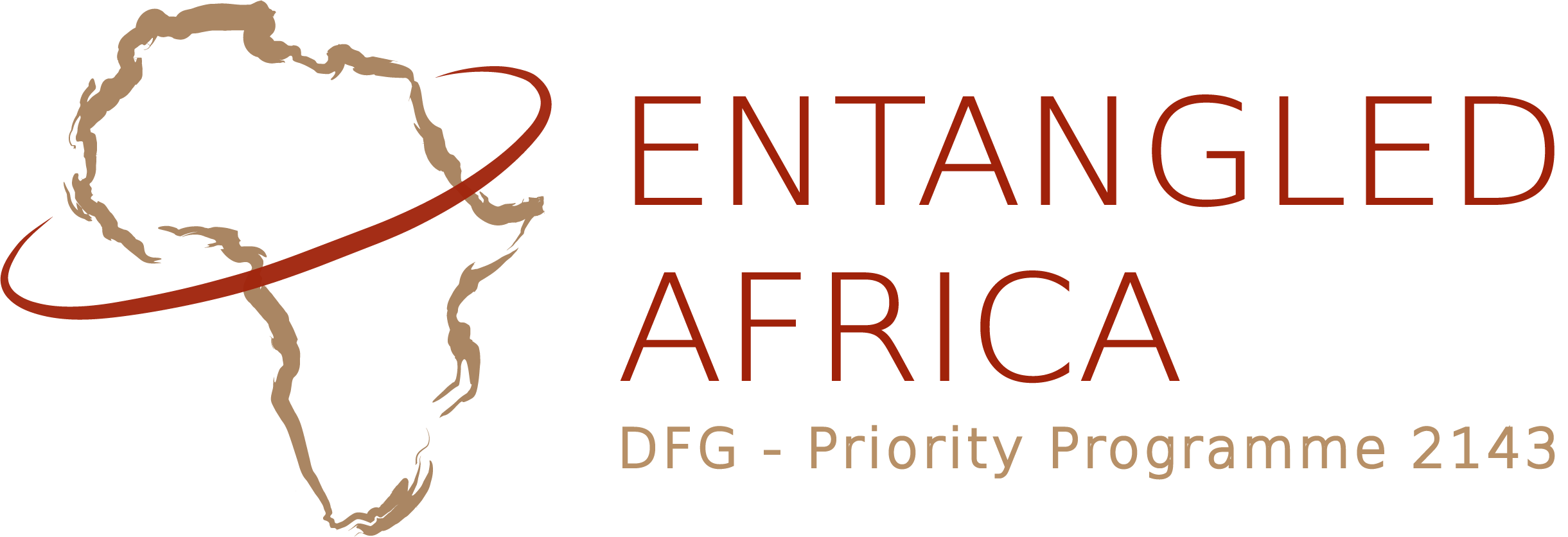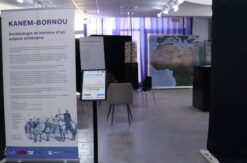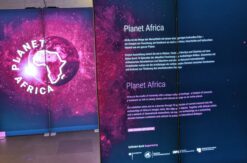SAfA 2021 Banner [Attribution: unknown; Copyright: SAFA 2021].
Report on SAfA Session “Entangled Africa”
On August 24, 2021, the time had finally come: During the 25th conference of the Society of Africanist Archaeologists, the session “Entangled Africa: Interactions, relations and networks within Africa” organized by Alexa Höhn and Friederike Jesse ran for four hours – not in Oxford as originally planned, but like the entire conference “only” in virtual space. Other projects from SPP 2143 (P02, P03, P07) were also present.
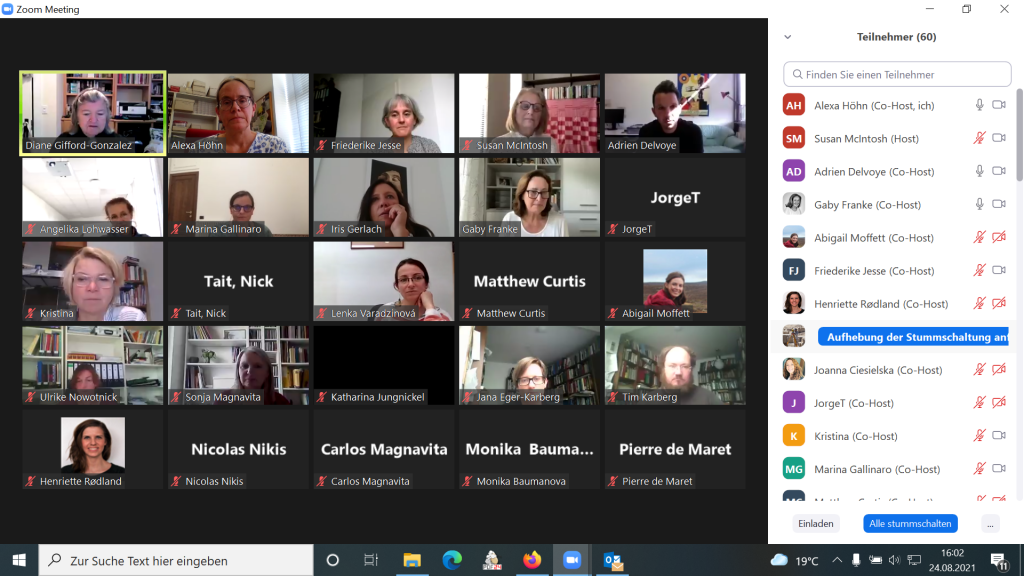
Already in the preparation phase, it became clear that virtual formats offer new and exciting possibilities for the sustainable design of sessions: For example, the 16 contributors were asked to upload their presentations in advance as videos or in pdf format to the symposium platform (see presentation program here). Short presentations were to be prepared for the actual session to allow more time for exchange and discussion. This also worked very well. Almost all of the presentations registered for the session could be viewed at leisure on the symposium platform in advance (and are still accessible there for registered SAfA conference participants). The papers address issues related to “entanglement” and its contribution to the formation and development of human societies in Africa from a variety of perspectives. The temporal and thematic scope ranges from prehistoric pastoral representations in the Sahara to the 19th century copper trade in the Congo Basin.
The online session itself was very relaxed and, thanks to good preparation by the SAfA organization team, also without any technical glitches. More than 50, at times even over 60, people were present, listening to the various short presentations and participating with questions and comments. In their introductory statement, the two organizers briefly outlined some aspects of “entanglement” and summarized the points that had emerged as possible discussion points based on the video presentations. These included the question of sources (what is suitable for the study of “entanglement”?) as well as the question of what informative value mapping has, what contribution different actors make (e.g. city vs. country, central places) or to what extent topography or geography of a space plays a role. It was exciting to see that regardless of space and time, similar questions and problems arise in the archaeology of Africa and what options are used to deal with them. For example, it became clear that to study trails and routes, multiple sources need to be consulted, in addition to archaeological, geographic (ancient maps, remote sensing) but also historical, to understand the role of different trails.
At the end of the four-hour session, there was little time for a final discussion, but many inspiring contributions and ideas on the big topic of “entanglement” within Africa. And it was nice to see so many colleagues again or for the first time.
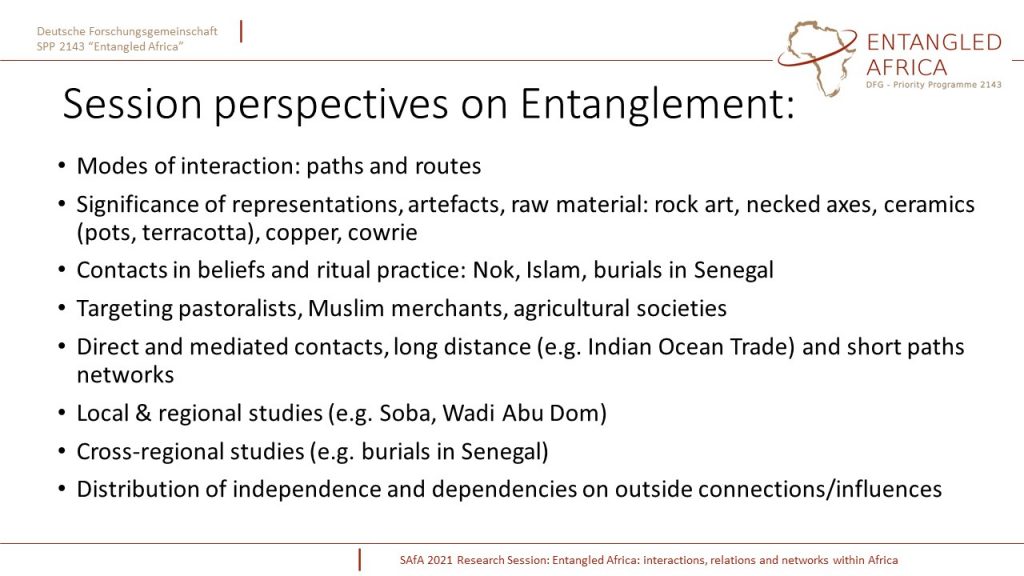
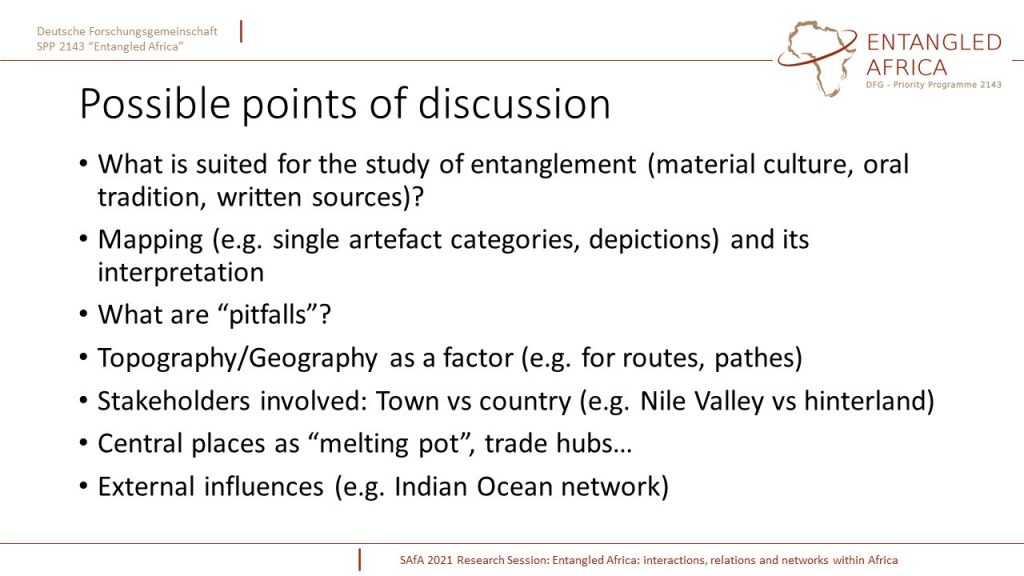
Authors: Friederike Jesse & Alexa Höhn
